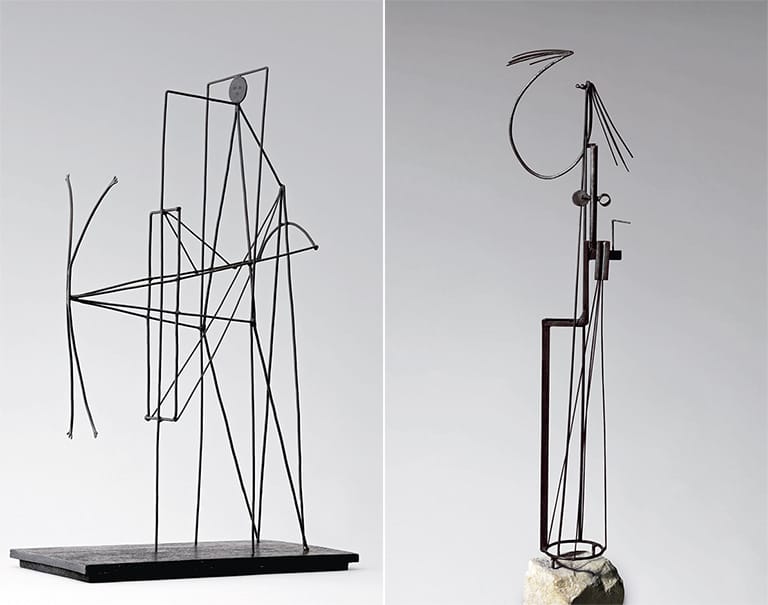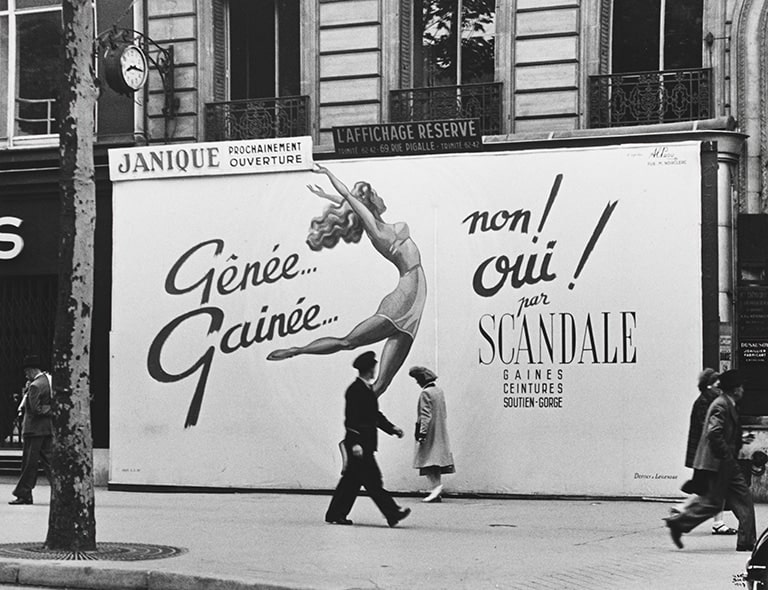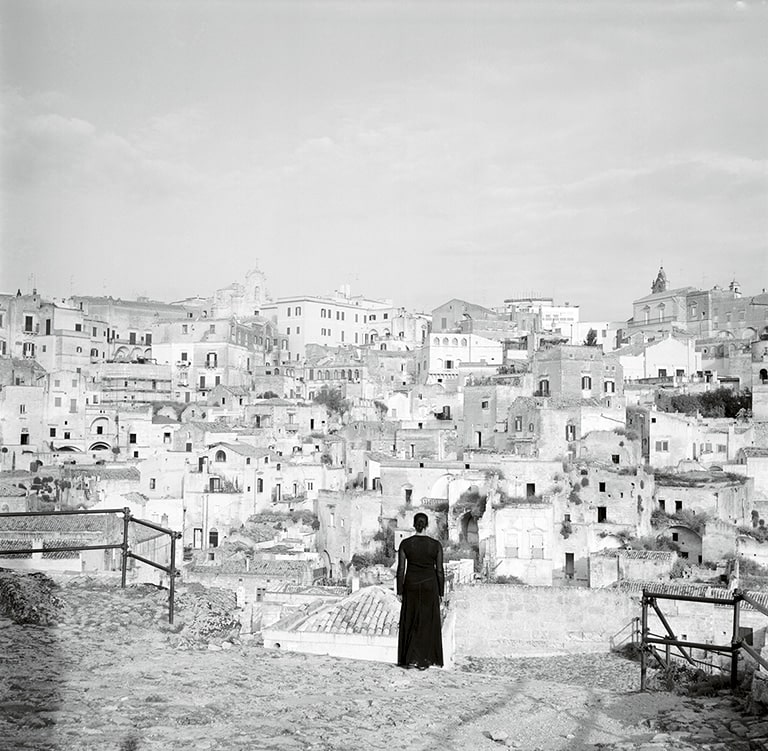Femme [Woman]
![Femme [Mujer] Femme [Mujer] © COLECCIONES Fundación MAPFRE](/media/arte-cultura/colecciones/salvador-dali/fm000272.jpg)
Salvador Dalí
Femme [Woman], 1923
© Fundació Gala-Salvador Dalí. VEGAP. Madrid, 2021.
Fundación MAPFRE COLLECTIONS
1923, year 1920 – 1930
Entry date: 2007
Technique
Graphite on paper
Dimensions
Printed area: 22 x 16 cm (8 11/16 x 6 5/16 in.)
Frame size: 52 x 46 x 4 cm
Inventory
FM000272
Description
The Catalan painter Rafael Durán Camps (Sabadell, 1891 – Barcelona, 1979), who used to sign his work as Durancamps, was essentially self-taught, although he trained alongside other artists such as Joaquim Mir, who influenced him considerably in his early years. Like Salvador Dalí, he painted the landscapes of Cadaqués, was an assiduous visitor to the Prado, and had associations with Eugenio D’Ors. The two painters kept in contact when they moved to Paris, where Durán Camps opened a gallery in 1935, which was also frequented by Picasso and Miró.
Several of the names and circumstances mentioned above merit consideration in relation to this drawing by Dalí to establish the coordinates of its author and the stimuli to which it responds. On the one hand, we have the classicist tendencies, such as those of the Noucentisme movement advocated by D’Ors and Picasso’s period that leaned in the same direction. And on the other hand we have the different derivations of Cézanne with which Dalí was very familiar, such as the work of Joaquim Sunyer, which had a particular influence on him in 1923.
Nor, of course, can we ignore the character of academic study so evident in this drawing. The fact is that in September 1922, the year before its creation, the artist had moved to Madrid to enroll in the Special School of Sculpture, Painting and Engraving, more commonly known as the San Fernando Academy of Fine Arts. His teacher there was Daniel Vázquez Díaz, with whose drawing and other work around this same time it is worth associating this applied method.
In this respect it should be noted that if there was one event that marked the year 1923 in Dalí’s biography, it was his expulsion from the Academy in October. The reason was that he had been the ringleader of a student walk-out to protest the fact that Vázquez Díaz had not been awarded the chair in Open Air Painting for which he had applied, which instead went to José Ramón Zaragoza. Three years later, in 1926, the Empordà painter took part in the Modern Catalan Art exhibition sponsored by El Heraldo de Madrid and held at the Círculo de Bellas Artes. Two of his paintings were exhibited: Young Woman at a Window and Venus and Sailor, the latter of which was bought by his former teacher, who put it in his study and almost certainly managed to ascertain the assimilation of his lessons in this canvas.
In those strange memoirs in The Secret Life of Salvador Dalí, Dalí was more explicit in pointing out the merits he appreciated in Vázquez Díaz’s work. In the chapter dedicated to his Madrid period, he did not hold back in deploring the backwardness of the Spanish capital in terms of the plastic arts. For example, he claims that at the San Fernando Academy his classmates were so reluctant to adopt any modern trend that they witheringly rejected a book on Braque that he took them to bring them up-to-date. In this atmosphere, the abovementioned teacher was a valuable bridge who was able to bring in more modern ideas without causing dissension: “It appeared that all the paintings were utterly mediocre, with the exception of those of Daniel Vázquez Díaz, which corresponded exactly to what was at that time called “post-impressionism”. The seed which I had nonchalantly let drop among the students of the School was in germination, and a minority of them – the most active and the most gifted – had suddenly become enthusiastic over Vázquez Díaz, who without having gone as far as cubism was influenced by it, so that through him people were able to swallow what they would not even consider when it came from me”.
[Agustín Sánchez Vidal]
400 obras de Salvador Dalí, 1914-1983, cat. exp. Madrid, Ministerio de Cultura/Generalitat de Catalunya, 1982, 1983.
ABADIE, Daniel, Salvador Dalí: rétrospective 1920-1980, cat. exp. Paris, Centre Georges Pompidou, 1979.
DESCHARNES, Robert (ed.), Oui: the parnoid-critical revolution. Boston, Exact Change, 1998.
DI CAPUA, Marco, y BRU DE SALA, Xavier, Salvador Dalí: su vida, su obra. Barcelona, Caroggio, 2003.
FANÉS, Félix, Salvador Dalí: la construcción de la imagen, 1925-1930. Madrid, Elecat, Fundación Gala Salvador Dalí, 1999.
FANÉS, Félix, Dalí. Cultura de masas, cat. exp. Barcelona, Fundación La Caixa, Fundación Gala-Salvador Dalí y MNCARS, 2004.
FERNÁNDEZ-BRASO, Miguel, Dalí: pinturas, acuarelas y dibujos, cat. exp. Madrid, Galería Juan Gris, 1997.
GAILLEMIN, Jean-Louis, Salvador Dalí: désirs inassouvis: du purisme au surréalisme, 1925-1935. Paris, Nueva York, Le Passage, 2002.
GIBSON, Ian; SANTOS TORROELLA, Rafael; FANÉS, Félix; BONET, Juan Manuel; ADES, Dawn; SÁNCHEZ VIDAL, Agustín, Dalí joven (1918-1930), cat. exp. Madrid, Museo Nacional Centro de Arte Reina Sofía, 1994.
MICHLER, Ralf, y LÖPSINGER, Lutz W. (ed.), Salvador Dalí: catalogue raisonné. Múnich, Prestel, 1994-1995.
RAMÍREZ, Juan Antonio, Dalí: lo crudo y lo podrido. Madrid, Antonio Machado, 2002.
SÁNCHEZ VIDAL, Agustín, Salvador Dalí. Madrid, Fundación MAPFRE, 2007.
SANTOS TORROELLA, Rafael, La miel es más dulce que la sangre: las épocas lorquiana y freudiana de Salvador Dalí. Barcelona, Seix Barral, 1984.
SANTOS TORROELLA, Rafael, Dalí: época de Madrid: catálogo razonado. Madrid, Publicaciones de la Residencia de Estudiantes, Ayuntamiento de Madrid, Área de las Artes, 2004.
SANTOS TORROELLA, Rafael, El primer Dalí, 1918-1929: catálogo razonado. Valencia, Madrid, Institut Valencià d’Art Modern, Publicaciones de la Residencia de Estudiantes, D.L. 2005




